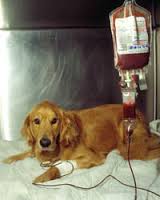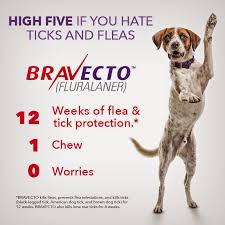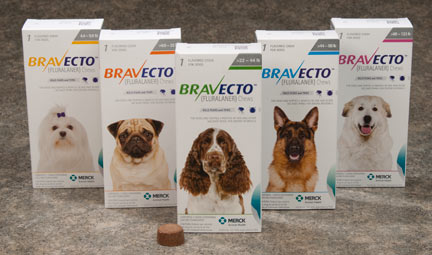
The Hendra virus is deadly to horses and life threatening to humans. Administering the Hendra vaccine helps protect your horse, family, friends and colleagues.
We have recently sent out a letter to our equine clients to advise them of our policy with regard to horses and the Hendra virus vaccination. Unfortunately there seems to have been a lot of misunderstanding with many clients mistakenly believing we will not attend to horses who have not been vaccinated.
To makes things clear, we WILL attend horses that have not been vaccinated. However, because of the obvious issues, there will be an extra fee involved as PPE must be worn by both vet and handler of the horse at the time of consult. This fee will vary considering the symptoms the horse is presenting with. It is important to know that a horse can have contracted the Hendra virus and not show any symptoms for 2 weeks. Therefore it is a very real possibility that a vet could attend to a horse who is symptom free and yet still contract the Hendra virus if he/she is not wearing appropriate PPE. While the risk may seem low, the consequence is dire and potentially life threatening.
There are many rumours circulating in relation to possible negative effects of the Hendra vaccination. Zoetis (the manufacturer of the Hendra vaccine) have an information sheet with some facts about the Hendra vaccination, some of which are listed below. See the full factsheet at this website: https://health4horses.com.au/Documents/H4H_Factsheet_V5_WEB2.pdf
“When people get a vaccine from their doctor, it is expected that they will have a sore arm after the injection. Some horses may also respond with a mild injection site reaction after vaccination, and this is no reason for concern.
With over 300 000 doses of Equivac HeV administered, reactions have only been reported for 0.28% of vaccinated horses, with the vast majority of these being injection site reactions, which resolve with little or no treatment.
The Hendra vaccine has not caused a single horse death. While there have been rumours of this, they relate to horse that died of snake-bite, grain ingestion, twisted gut and other unrelated health issues.
On the other hand 12 horses have died of the Hendra virus over the past two years because they were not vaccinated and six horse owners in 2014 alone have had to be given an experimental monoclonal antibody treatment as a result of high exposure to Hendra virus from these infected horse.”
The Hendra virus vaccine was registered with the APVMA on 5 August, 2015. For registration details please copy and paste this address in your web browser: http://apvma.gov.au/node/12876
If you would like to book your horse in for a Hendra vaccination please give us a call.
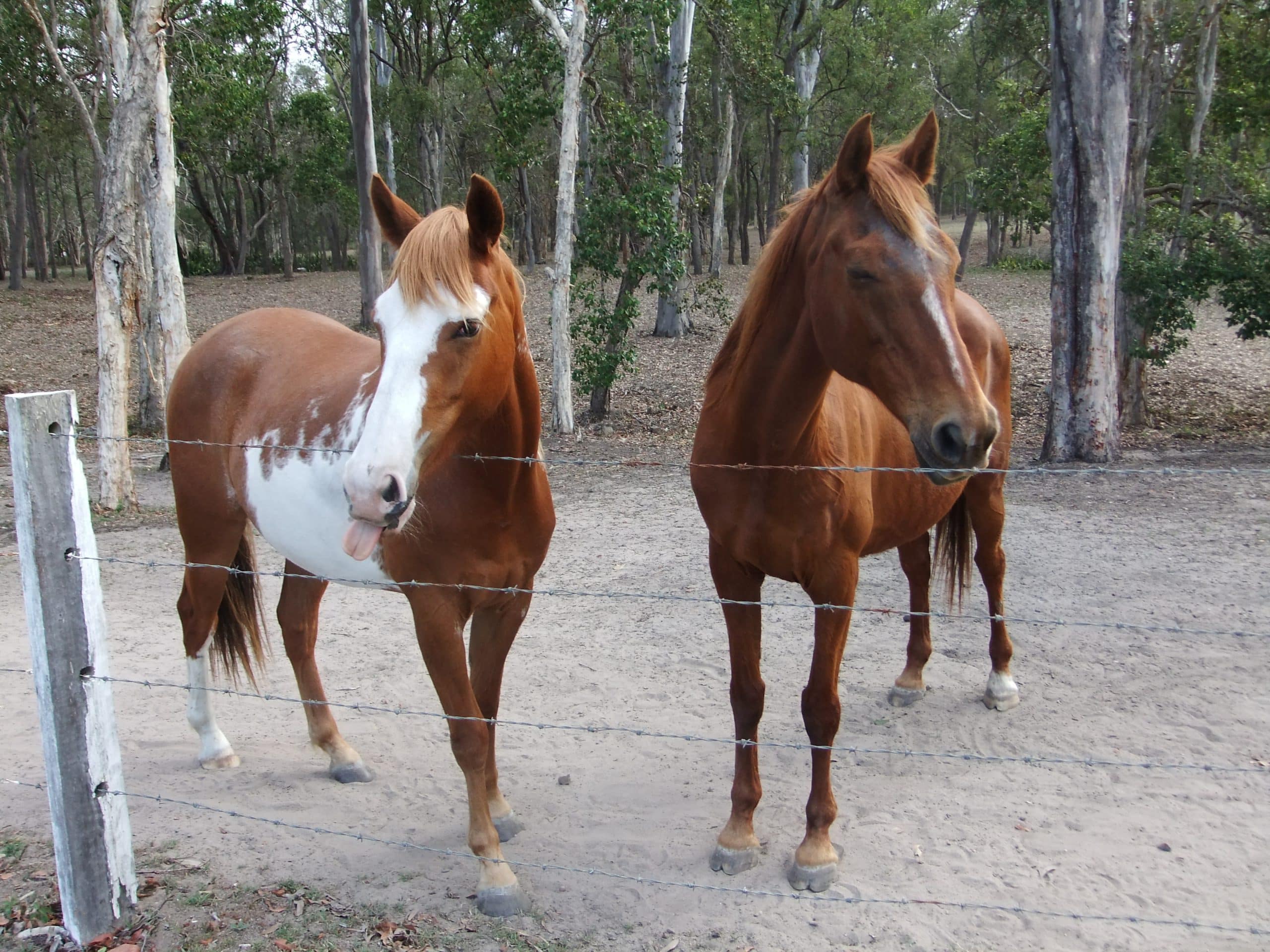


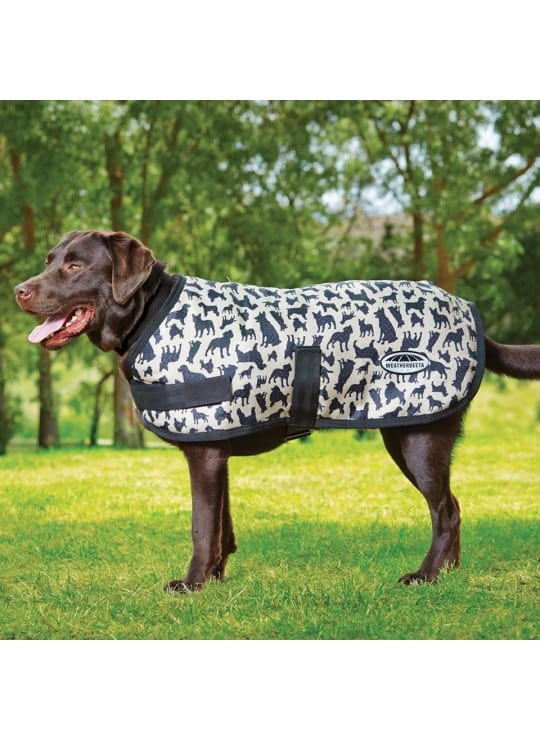
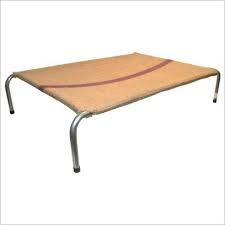
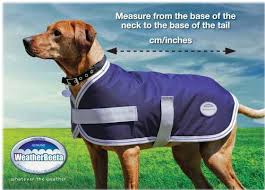




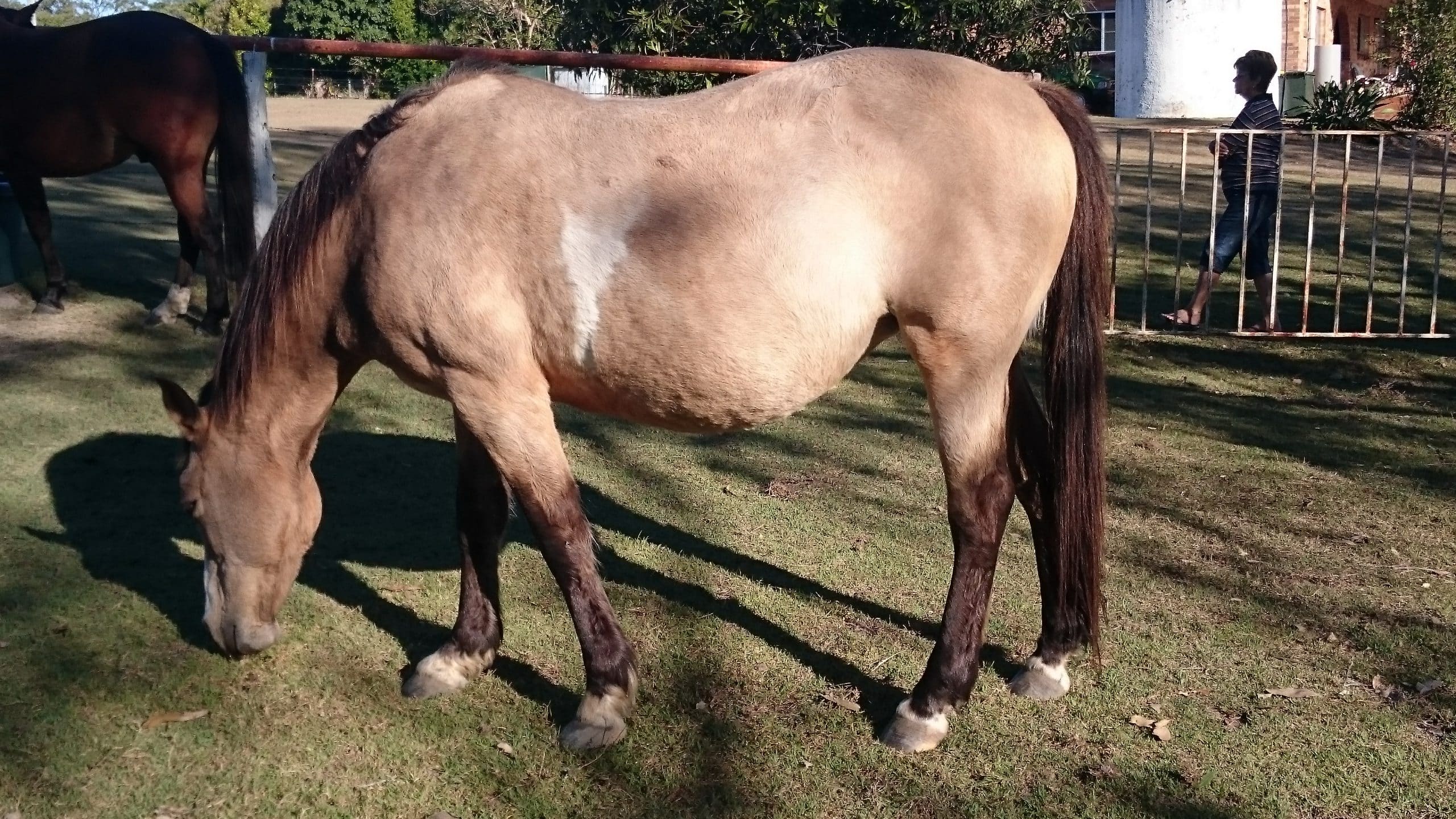 For those of you who regularly read our blogs, you would have already read that “Reckless”, a 20 year old mare belonging to our nurse Nic, is pregnant. She is due on approximately 28 October this year. She is currently about 170 days into her pregnancy. In the photo above she is at around 165 days.
For those of you who regularly read our blogs, you would have already read that “Reckless”, a 20 year old mare belonging to our nurse Nic, is pregnant. She is due on approximately 28 October this year. She is currently about 170 days into her pregnancy. In the photo above she is at around 165 days.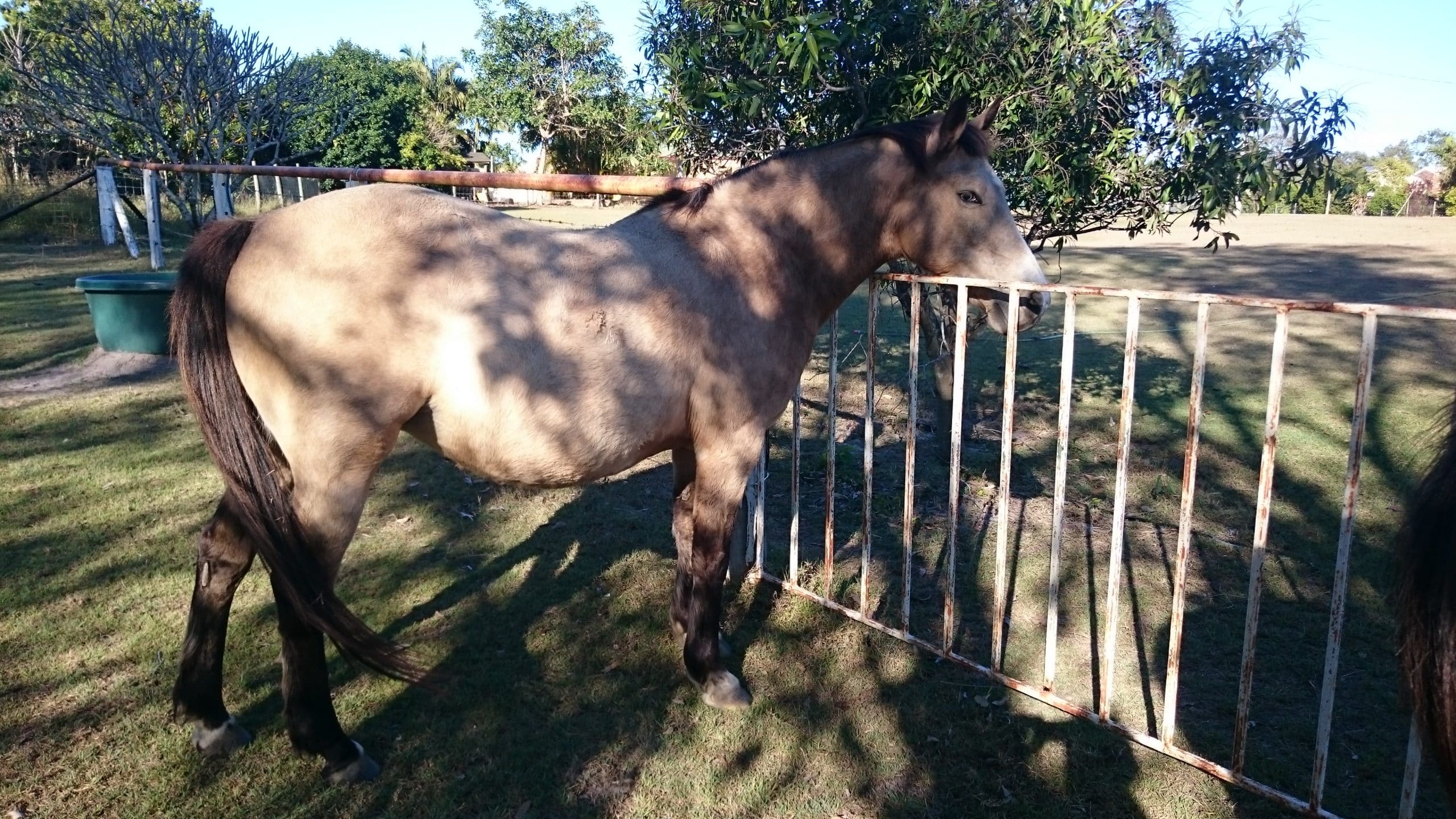 <
<



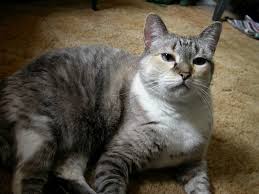
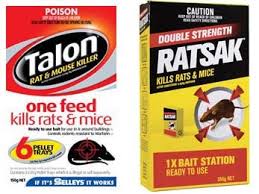 With winter here, temperatures are dropping and this often causes mice and rats to head indoors in search of food. If you are unlucky it will be your house they decide to call home. Most of us tackle this problem by setting traps and putting out rat baits as no-one wants to share their home with these rodents. Unfortunately if the appropriate precautions are not taken your pet could be the one who ends up taking the bait, resulting in their possible death.
With winter here, temperatures are dropping and this often causes mice and rats to head indoors in search of food. If you are unlucky it will be your house they decide to call home. Most of us tackle this problem by setting traps and putting out rat baits as no-one wants to share their home with these rodents. Unfortunately if the appropriate precautions are not taken your pet could be the one who ends up taking the bait, resulting in their possible death.